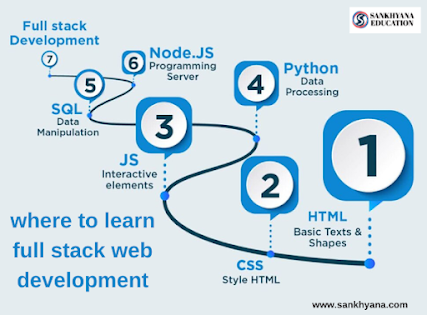The Ultimate Guide to SAS: An Introduction to Statistical Analysis System
The Ultimate Guide to SAS: An Introduction to Statistical Analysis System
Title: The Ultimate Guide to SAS: An Introduction to Statistical Analysis System
Introduction
In the world of data analysis and statistical modeling, the name SAS (Statistical Analysis System) stands out as a powerful and versatile tool. SAS is a comprehensive software suite developed to aid researchers, analysts, and data scientists in processing and analyzing vast amounts of data efficiently. This blog serves as an ultimate guide to SAS, offering an introduction to its key features, capabilities, and applications.
1. A Brief Overview of SAS
SAS was first developed in the 1960s at North Carolina State University as a project to analyze agricultural data. Over the years, it evolved into a powerful and widely used software platform for data analysis, statistical modeling, and data management. Today, SAS is trusted by industries, government organizations, and research institutions worldwide for its reliability and robustness.
2. SAS Capabilities
SAS offers a plethora of capabilities that cater to various data analysis needs:
- Data Management: SAS enables users to import, cleanse, and manipulate data from various sources. Its data management capabilities ensure data integrity and efficiency in handling large datasets.
- Statistical Analysis: SAS provides a wide range of statistical procedures for descriptive statistics, inferential statistics, hypothesis testing, regression analysis, and more. Researchers can use these tools to uncover patterns, relationships, and insights within their data.
- Data Visualization: SAS offers interactive and customizable data visualization tools to represent data in the form of charts, graphs, and plots. Visualizations aid in understanding complex data and communicating results effectively.
- Machine Learning: With its advanced machine learning algorithms, SAS facilitates predictive modeling, classification, clustering, and pattern recognition. These capabilities enable data scientists to build accurate predictive models and make data-driven decisions.
- Text Analytics: SAS Text Miner allows users to analyze unstructured text data, such as customer feedback, social media posts, and documents. Text analytics helps extract valuable information and sentiments from textual data.
3. SAS Programming Language
SAS employs its proprietary programming language for data analysis and manipulation. The SAS programming language is easy to learn and comprises a variety of data step and proc step functions that facilitate data handling and analysis. Users can create and automate custom data analysis workflows using SAS programming.
4. Applications of SAS
SAS finds applications in numerous fields, including:
- Business and Marketing: SAS aids businesses in customer segmentation, market analysis, and personalized marketing strategies.
- Healthcare: SAS plays a significant role in medical research, clinical trials, and patient outcomes analysis.
- Finance: SAS is used for risk assessment, fraud detection, and financial forecasting.
- Government: Governments utilize SAS for policy analysis, public health research, and economic studies.
5. SAS Certification and Training
For individuals looking to master SAS, SAS Institute offers certification programs and training courses. SAS certifications validate one's proficiency in specific SAS areas and enhance job prospects in data analytics and related fields.
Conclusion
As we conclude our ultimate guide to SAS, it becomes evident that the Statistical Analysis System is an indispensable tool for anyone dealing with data analysis, statistical modeling, and decision-making. Its robust capabilities, data management features, and advanced analytics options make SAS a popular choice across industries. Whether you're a data scientist, researcher, or business analyst, mastering SAS opens up a world of opportunities to harness the power of data and derive meaningful insights for making informed decisions. So, dive into the world of SAS and unlock its vast potential in unraveling the hidden treasures within your data.
.png)



Comments
Post a Comment